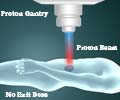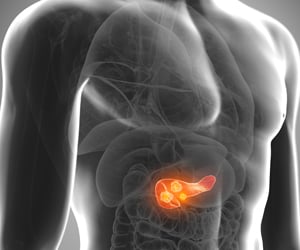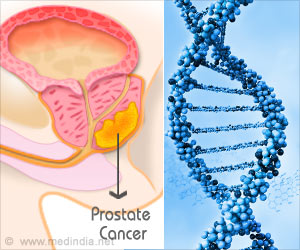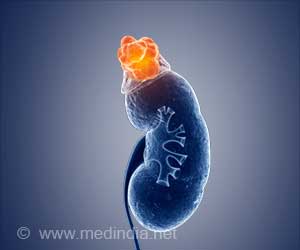A small improvement in breast cancer survival was associated with radiation plus lumpectomy for ductal carcinoma in situ (DCIS).
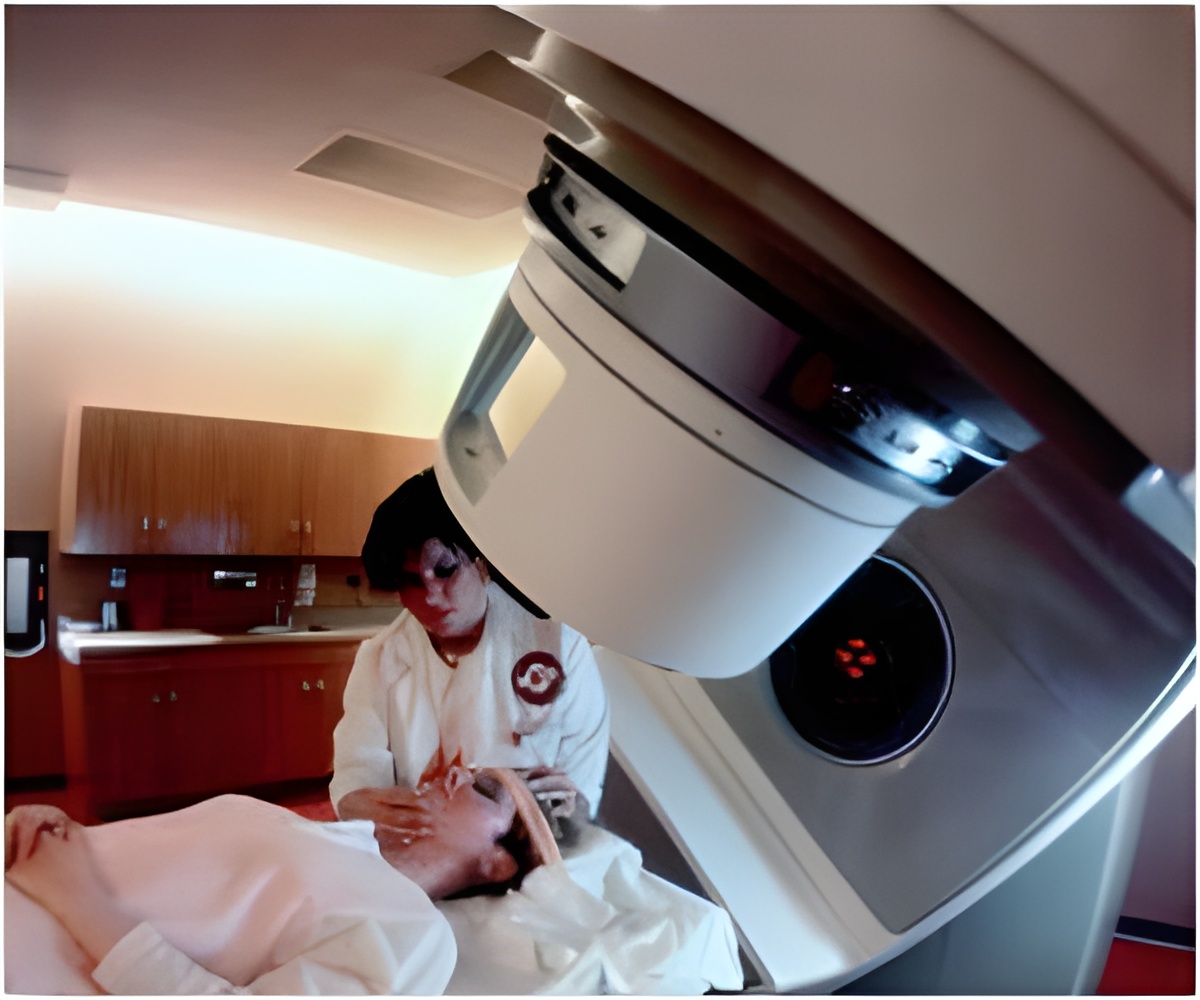
TOP INSIGHT
A small improvement in breast cancer survival was associated with radiation plus lumpectomy for ductal carcinoma in situ (DCIS).
What (Study Measures and Outcomes): Use of radiation and/or extent of surgery (exposures); breast cancer mortality rates within 15 years (outcomes)
How (Study Design): This was an observational study. Researchers were not intervening for purposes of the study and cannot control all the natural differences that could explain the study findings.
Authors: Steven A. Narod, M.D., of Women's College Research Institute, in Ontario, Canada, and co-authors
The absolute risk reduction was 0.27 percent, making it necessary to treat 370 women to save one life.
Related Material: The invited commentary, "Systemic Effects of Radiotherapy in Ductal Carcinoma In Situ," by Mira Goldberg, M.D., and Timothy J. Whelan, B.M., B.Ch., of McMaster University, Ontario, Canada, also is available on the For The Media website.
(doi:10.1001/jamanetworkopen.2018.1100)
Editor's Note: The article contains conflict of interest disclosures. Please see the article for additional information, including other authors, author contributions and affiliations, financial disclosures, funding and support, etc.
Source-Eurekalert
 MEDINDIA
MEDINDIA




 Email
Email





